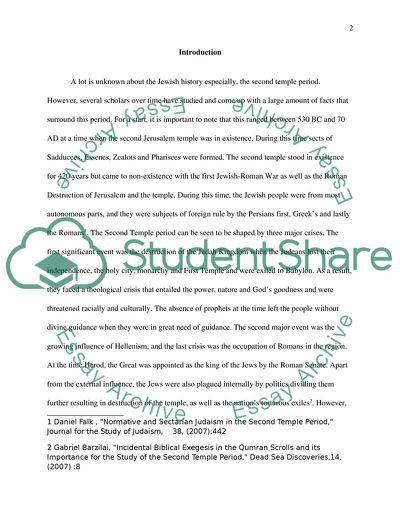Cite this document
(The Second Temple Period Report Example | Topics and Well Written Essays - 2750 words, n.d.)
The Second Temple Period Report Example | Topics and Well Written Essays - 2750 words. https://studentshare.org/religion-and-theology/1864651-2nd-temple-period
The Second Temple Period Report Example | Topics and Well Written Essays - 2750 words. https://studentshare.org/religion-and-theology/1864651-2nd-temple-period
(The Second Temple Period Report Example | Topics and Well Written Essays - 2750 Words)
The Second Temple Period Report Example | Topics and Well Written Essays - 2750 Words. https://studentshare.org/religion-and-theology/1864651-2nd-temple-period.
The Second Temple Period Report Example | Topics and Well Written Essays - 2750 Words. https://studentshare.org/religion-and-theology/1864651-2nd-temple-period.
“The Second Temple Period Report Example | Topics and Well Written Essays - 2750 Words”. https://studentshare.org/religion-and-theology/1864651-2nd-temple-period.


